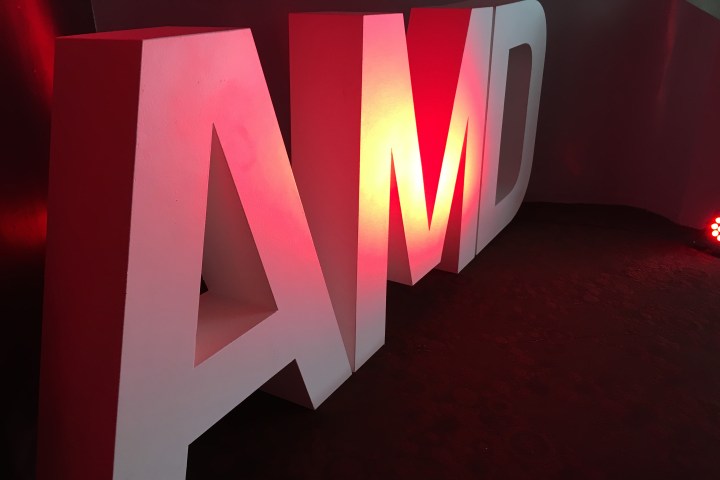
For starters, the Radeon R9 M400 series consists of three graphics chips: the R9 M485X, the R9 M470X, and the R9 M470. The first chip mentioned is the top-of-the-line solution with 32 compute units, support for a maximum of 8GB of GDDR5 video memory, support for a maximum memory clock speed of 1,250MHz, and support for a 256-bit maximum memory interface. The other two chips support 4GB of GDDR5 memory clocked at 1,500MHz and a 128-bit memory interface although the R9 M4470X has 14 compute units and the R9 M470 has 12 compute units.
The next group in line, the Radeon R7 M400 series, consists of five processors. The top-of-the-line in this group is the R7 M465X with eight compute units, support for 4GB of GDDR5 memory clocked at 1,125MHz, and support for a 128-bit memory interface. However, note that not all of these chips support GDDR5, as the R7 M460 and the R7 M440 only support 4GB of DDR3 memory clocked at 1,000MHz. Both the R7 M465 and the R7 M460 have six compute units while the R7 M445 and the R7 M440 have five compute units. All five chips support a 64-bit memory interface.
On the Radeon R5 M400 front, this group only features three chips: the R5 M435, the R5 M430, and the R5 M420. All three have five compute units, support for 4GB of video memory, support for video memory clocked at 1,000MHz, and support for a 64-bit memory interface. However, the R5 M435 is the only one in this batch that supports GDDR5 memory while the other two support DDR3 memory.
Finally, all three groups are built with AMD’s Enduro technology, which the company calls “intelligent power saving features” that adapts to the laptop owner. This tech provides a switchable graphics mode that provides the user an instant boost in the graphics department when needed. This is backed by AMD’s PowerTune technology that monitors and manages the GPU’s power consumption so that the chip can reach higher clock speeds.
On a side note, the Radeon R5 M400 group’s webpage does not mention support for Vulkan, Mantle, and OpenGL graphics APIs. In fact, they’re not really billed as a “Radeon gaming” solution like the R9 and R7 groups, but as a better solution than integrated graphics. The R5 chips do support DirectX 12, so gaming on a Windows 10 laptop should be somewhat decent (depending on game’s specific visual fidelity). The R5 group is likely best suited for enhancing the performance of multimedia and applications.
However, if you take a look at the older R5 M300 series of laptop GPUs, they show support for DirectX 12, Mantle, OpenGL 4.3, OpenCL 1.2, and Vulkan. The new chips will likely do the same, but again, the R5 M400 set is at the bottom of the latest laptop GPU totem pole from AMD, so expect graphics performance above the device’s integrated graphics solution, but falling behind the R7 and R9 groups.
Unfortunately, at this time, AMD does not specify what process technology the new M400 chips are based on, nor does the company provide actual stream processor counts and engine clock speeds. We assume the company will add these details over time, or reveal the full specs during Computex 2016 at the end of the month.



